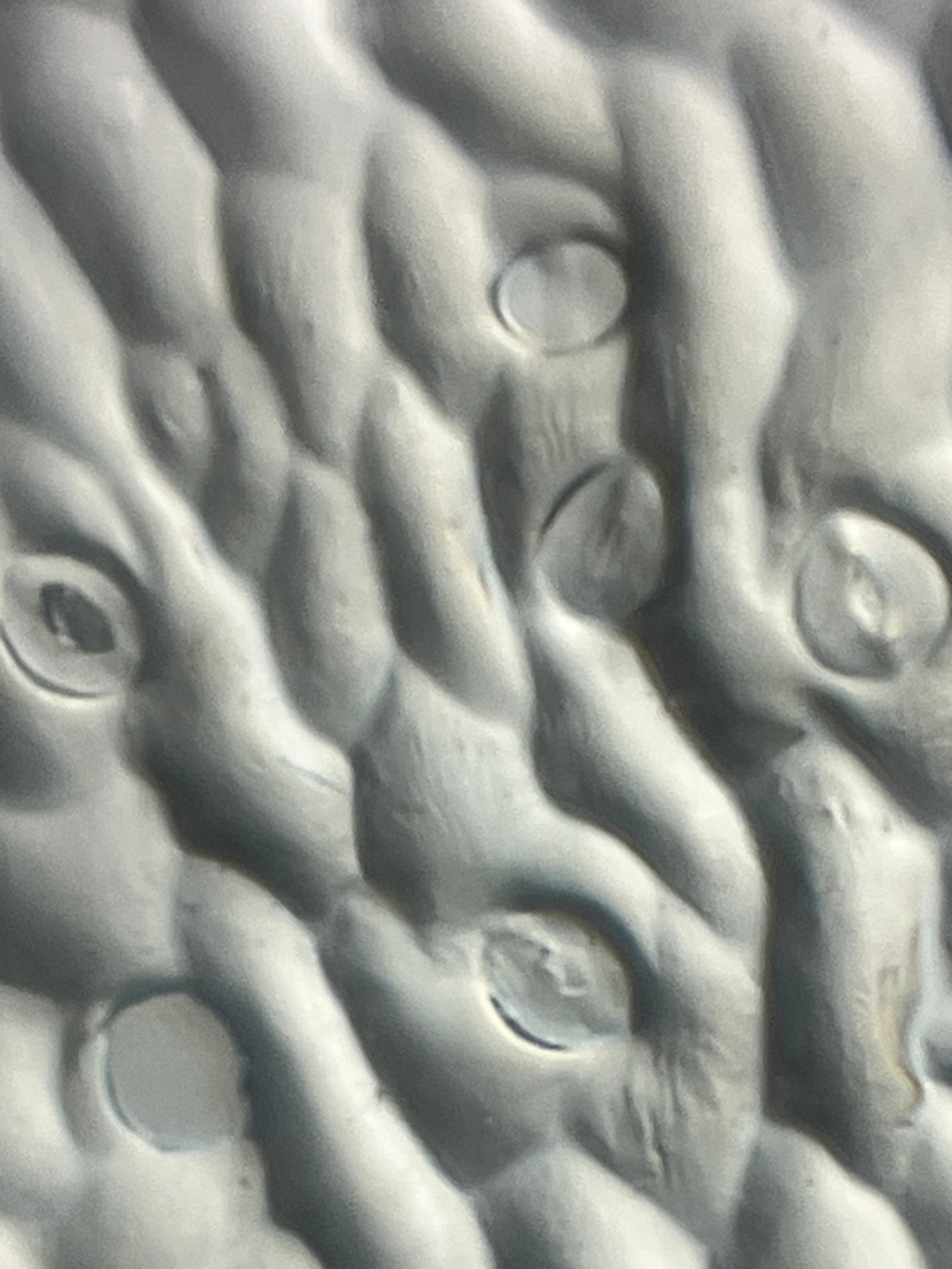Happy National Spaghetti Day Foldscopers! That is right, there is a national holiday to celebrate spaghetti - the most popular type of pasta eaten around the world. So, go boil some water, cook up some spaghetti, top it with tomato sauce and a sprinkle of parmesan cheese, and grab your Foldscope to take a closer look at what goes into this delicious food.

Spaghetti History
It is not known who invented spaghetti or when. The first historical reference to spaghetti was made in the 1150s by Abu Abdullah Mohammed al Edrisi. Edrisi had traveled to Sicily to conduct a geographical survey of the region. In his writings he mentioned a type of pasta that was made into long strands. Spaghetti style pasta was important to the economy of Sicily and was exported to other regions. Pasta remains an important part of the global economy - approximately 5.95 billion pounds of pasta are consumed every year in the United States alone!
What Is Spaghetti?
Spaghetti is a style of pasta that is shaped into long thin strands and made with just three ingredients: flour, eggs, and oil. Flour is the backbone of the pasta dough and the type of flour you use can change the flavor and texture of your spaghetti.
All Purpose Flour is made from a blend of wheats and ground to a very soft powdery texture. Spaghetti made from all purpose flour has a milder taste and softer texture than pasta made with semolina flour.
Semolina Flour is made from durum wheat. It is coarser and yellower than all purpose flour. This leads to the pasta having a nuttier flavor and gives the spaghetti a firmer texture.
The difference in the two types of flour are evident on the microscopic scale. Note the translucent, smoother, and smaller particles of the all purpose flour versus the opaque, larger, and rough edged particles of the semolina flour.


Do you have different types of flour in your pantry that you could study under the microscope? Do their microscopic appearances match their macroscopic descriptions?
Tomato Sauce
Typically tomato sauce used in spaghetti dishes includes a combination of tomatoes, olive oil, garlic, and various herbs like oregano and basil. Some sauces are pureed so that it is hard to see the individual ingredients in the jar. Others are more “chunky” showcasing bits of chopped tomato and herbs.
Notice that in the microscopic images of tomato sauce below that depending on how much sauce you put on the slide, you can get very different images. The first image is a very thick layer of sauce, not very much light is able to get through and the resulting image is very red. The second image was made using a very fine thin layer of sauce on the slide. The thin layers allow you to see the drops of olive oil, tiny bits of tomato pulp, and just how much water is actually in tomato sauce!




What kinds of sauces do you have at home for your spaghetti? Can you see the ingredients with the naked eye, or do you need a microscope to help you identify what they are made from?
Parmesan Cheese
A topping commonly used on spaghetti is a sprinkling of parmesan cheese. Parmesan cheese is a hard cheese and can easily be grated into very small pieces. When these pieces are placed under a microscope they reveal a translucent quality. The light that shines through them gives them a crystalline quality.

Have fun celebrating National Spaghetti Day by putting your pasta (and toppings) under the Foldscope! Share your microscopic spaghetti observations on the Microcosmos and use social media to tag us with the results of your explorations, creations, and discoveries! We love to see how Foldscopers around the world are using their Foldscopes in new and innovative ways!
Facebook: @Foldscope
Twitter: @TeamFoldscope
Instagram: @teamfoldscope
Sources:
https://sipipa.com/blog/the-invention-of-spaghetti/



